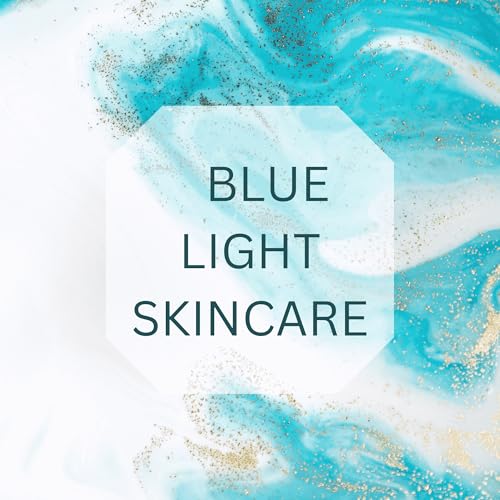
Understanding Blue Light's Impact on Skin Health
カートのアイテムが多すぎます
カートに追加できませんでした。
ウィッシュリストに追加できませんでした。
ほしい物リストの削除に失敗しました。
ポッドキャストのフォローに失敗しました
ポッドキャストのフォロー解除に失敗しました
-
ナレーター:
-
著者:
このコンテンツについて
Today, we undertake a comprehensive examination of blue light, specifically high-energy visible light (HEV), and its implications for skin health. The proliferation of anti-blue light products in the skincare market warrants a critical analysis of whether the concerns surrounding blue light exposure are substantiated by scientific evidence or merely a manifestation of marketing hyperbole. Our discourse will delve into the origins and characteristics of blue light, elucidating its sources, primarily the sun, while also considering the contributions from digital devices. We aim to distill the essence of the science behind blue light's effects on the skin, specifically addressing the potential risks of accelerated aging and pigmentation issues. Ultimately, we will navigate the landscape of protective measures and best practices, seeking to empower our listeners with informed strategies for mitigating any adverse effects associated with blue light exposure.
The discussion centers on the pervasive issue of blue light exposure in our digital age, particularly its implications for skin health. The speakers delve into the scientific underpinnings of blue light, defining it as high energy visible light that falls within the 400 to 525 nanometer range. They highlight the exponential growth of the skincare market in response to perceived threats posed by blue light, questioning whether these concerns are warranted or merely an exploitation of consumer anxiety. Through a review of various studies, including a significant 2021 research from the Beiersdorf Research center, the hosts argue that typical blue light exposure from screens is far less harmful than previously believed, equating extensive screen time to merely a minute of exposure to sunlight. Nevertheless, they caution against the potential for cumulative effects over time, particularly in light of our increasingly screen-dependent lifestyles. The conversation ultimately seeks to discern the factual basis of claims regarding blue light's impact on skin aging, distinguishing between scientifically validated risks and marketing hyperbole.
Takeaways:
- The primary source of blue light exposure is the sun, significantly impacting skin aging.
- Research indicates that typical screen exposure is far less harmful than sunlight exposure.
- Blue light can lead to oxidative stress, producing reactive oxygen species that damage skin cells.
- Prolonged screen time may disrupt circadian rhythms, affecting skin repair processes during sleep.
- Iron oxides in tinted sunscreens can provide enhanced protection against blue light-induced pigmentation.
- Antioxidants like Vitamin C and E can help mitigate damage caused by blue light exposure.
Companies mentioned in this episode:
- Beiersdorf
- Truth in Advertising
- Tina


